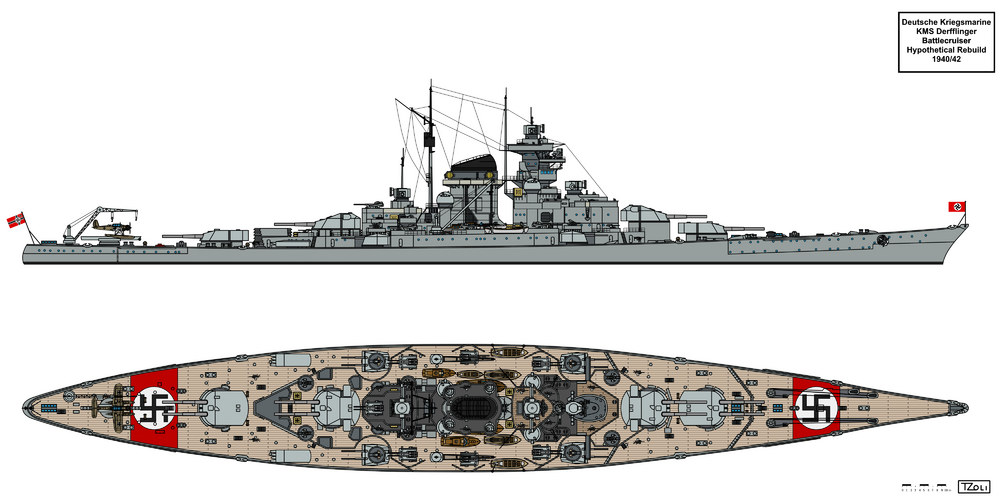Yes, the story of Europa as a carrier conversion is pretty open-and-close. A 1972 copy of Marine-Rundschau on German Carrier projects repeats a lot of what is eventually said by Groner, but also makes an obvious connection to the smaller conversion of SS Roma - which most people don't bat an eye at, though it might take someone like Phoenix_jz to properly explain all the possible troubles Aquila's conversion might have faced. My personal opinion is not that Europa was a poor prospect for conversion, but rather that the planned conversion was not as ambitious as some others, namely Aquila, and the half-measures led to problems with the existing structure they were trying to work around.
Aside from that, the ship was a giant risk simply because of its size, and rather than being excessively fuel-hungry by nature, just required too much fuel to move around. Even a revised plan for Graf Zeppelin included a partial diesel drive (as did essentially every plan from 1942 onwards) (There even appears to be a very simple sketch on the Betonschutz plan pages depicting a 6-engine 3-shaft diesel drive). I can't make much note on the ship's stability, but it seems a logical as it is an issue faced by other conversions as well and were usually, as stated, rectified through the use of bulges...though the problem is likely inherent due to a lack of weight below the waterline - inherent ballast, such as machinery - to offset the new ambitious upper works.
It's interesting to see one of the most initial variants of Europa. It seems originally, in 1942, she had been planned to have only five twin 10.5cm guns, 10 3.7cm twins, and 5 2cm Flakvierlings with a complement of 30 Ju-87's and 18 BF-109's. It also includes concrete placed in the same manner as Aquila, behind the bulges, at and below the waterline. The blocks appear to be hollow, 500mm in overall width, but 60mm-empty space-60mm (120mm) of actual concrete protecting the hull with 8 (waterline) to 12 (below the water) millimeters of steel covering the concrete. If I'm reading this math page right, the weight of this is 3,620t of Betonschutz, possibly 4,700t overall. Aside from that, and other minor changes, everything is the same as the later drawings.
Maybe if not for time constraints and had this conversion been begun at the start of the war, such as Aquila had, things might have been very different.










